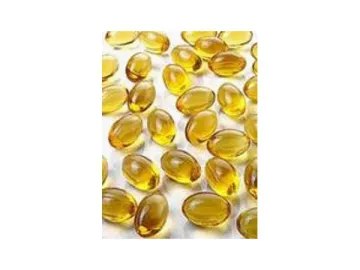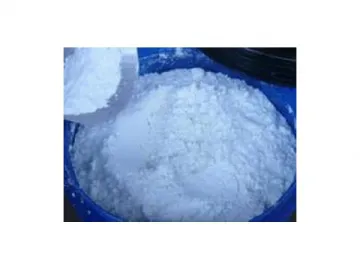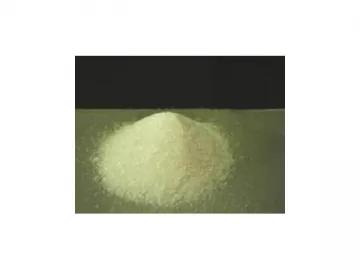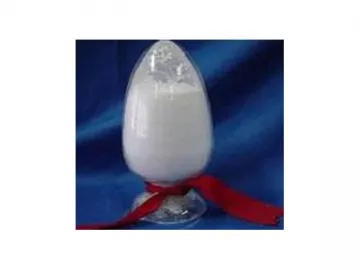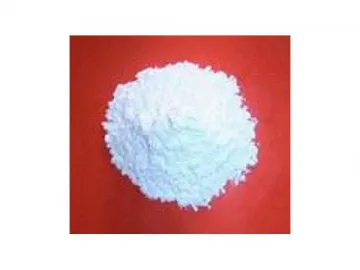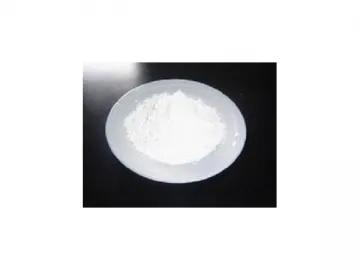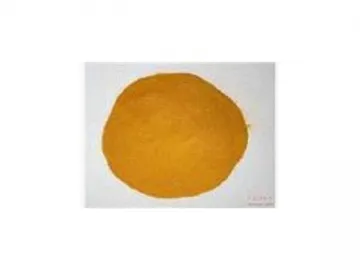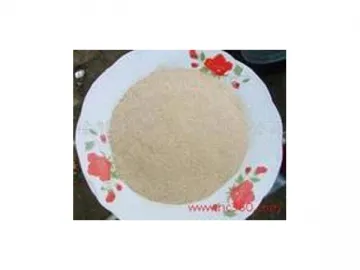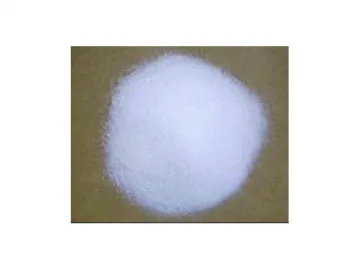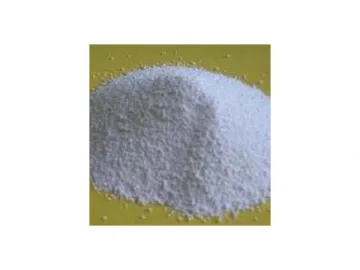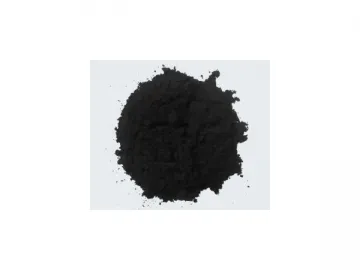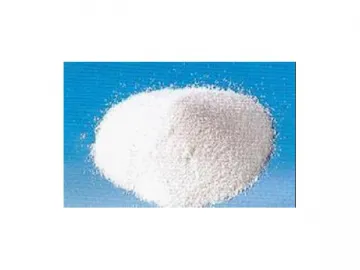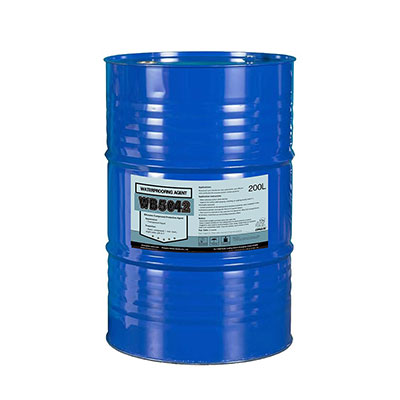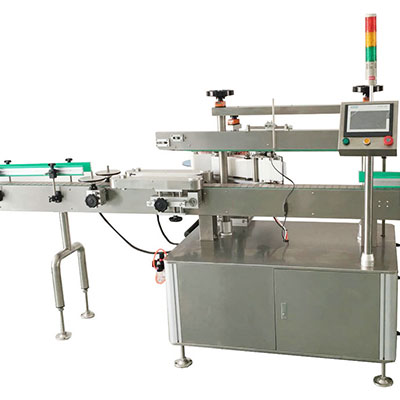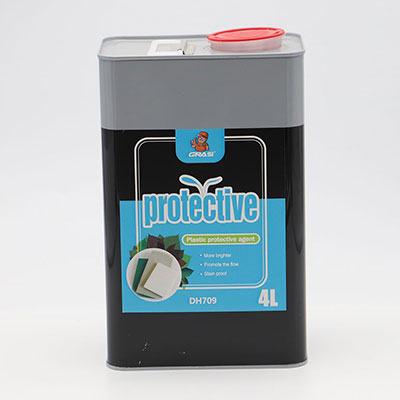Inositol
Inositol
IUPAC name: (1R,2R,3S,4S,5R,6S)-cyclohexane-1,2,3,4,5,6-hexol
CAS number: 87-89-8
Other names: Cyclohexanehexol;Hexahydroxycyclohexane; myo-inositol plant cell culture tested; myo-Inositol, FCC Grade i-Inositol, FCC Grade; meso-inositol;p-Iodo Phenol; Myo-Inositol;Inosit; Inositol NF12; ;(1R,2S,3r,4R,5S,6s)-1,2,3,4,5,6-Cyclohexanehexol;(1R,2S,3r,4R,5S,6s)-1,2,3,4,5,6-Cyclohexanhexol;(1R,2S,3r,4R,5S,6s)-Cyclohexane-1,2,3,4,5,6-hexol;1,2,3,4,5,6-cyclohexanehexol, (1a,2a,3a,4b,5a,6b)-; 1,2,3,4,5,6-Cyclohexanehexol,(1alpha,2alpha,3alpha,4beta,5alpha,6beta)-; 1,2,3,5/4,6-Inositol; ; INOSITAL
Molecular formula: C6H12O6
Molar mass: 180.16 g mol−1
Density: 1.752 g/cm³
Melting point: 225–227 °C
Purity: ≥97%
Chloride: ≤0.005%
Ferric salt: ≤0.0005%
Lead: ≤10mg/Kg
Arsenic: ≤3mg/Kg
Loss on drying: ≤0.5%
Residue on ignition: ≤0.1%
Heavy metals%: ≤2mg/Kg.
Inositol is white crystal,and tastes sweet. In fact, it is a carbohydrate, though not a classical sugar.The taste has been assayed at half the sweetness of table sugar. Inositol or its phosphates andassociated lipids are found in many foods, in particular fruit, especiallycantaloupe and oranges. In plants, the hexaphosphate of inositol, phytic acid or its salts, the phytates, are found. Phytic acid occurs also incereals with high bran content and also nuts and beans. Inositol as it occurs in certain plant-derivedsubstances such as lecithins,however, is well-absorbed and relatively bioavailable.
We provide feed grade inositol with high quality, lower price and best service. The isomer myo-inositol is a meso compound possessing an optically inactive planeof symmetry through the molecule. Besides myo-inositol, there are 8 other naturally occurring stereoisomers. In its most stableconformational geometry, the myo-inositol isomer assumes the chair conformation, which puts the maximum number ofhydroxyls to the equatorial position, where they are farthest apart from eachother.
Inositol functions as the basis for a number of signalingand secondary messenger molecules. They are involved in a number of biologicalprocesses, including: insulin signal transduction, cytoskeleton assembly, nerveguidance, intracellular calcium concentration control, cell membrane potentialmaintenance, serotonin activity modulation, breakdown of fats and reducingblood cholesterol and gene expression.
Inositol has been used asan adulterant, or cutting agent, in many illegal drugs, such as cocaine,methamphetamine, and sometimes heroin. It is presumed that this use isconnected with one or more of the substance's properties of solubility, powderytexture, or reduced sweetness (50%) as compared with more common sugars.
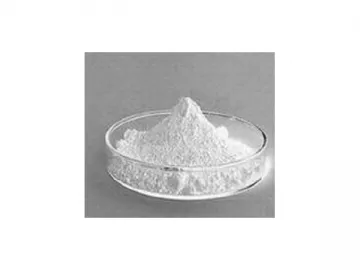
Links:https://www.globefindpro.com/products/91543.html
